Trainspotting is the quaintest and obscurest of pastimes, practised mainly by boys from seven to ninety-seven in unusual locations. Girls, I suspect, have more sense and priorities other than lurking around the local railway junction.
I like to think the disease is confined to Britain. But I expect it flourishes in many other countries, under different names and under different circumstances. Yet, there is a little corner of some marshalling yard in England that is forever the home of the trainspotter.
The ferroequinologist
There are steam-engine fans in many countries. In the USA, for instance, they are sometimes known as “foamers” (a person who stands beside a track and foams at the mouth in awe when a train comes by, according to one less-than admiring Reddit poster).
In Australia, they are gunzels, but the proper term is said to be “ferroequinologist”, a person who is recreationally interested in trains and rail-transport systems.
Nowadays, in Britain, train enthusiasts and trainspotters are sometimes known (by non-spotters) as “anoraks”1, after the practical garment that does sterling service in protecting them throughout the British winter.
If the cap fits, whichever you choose, that’s me. Hands up, I surrender.
When badges meant business
Yet back in the middle of the last century, trainspotting — exclusively checking out the steam locomotives of the time — was big business.
No self-respecting trainspotter, particularly of a certain age, would be seen in public without his Ian Allan railway locomotive guide and an indelible pencil snuggled alongside the conkers and a packet of Rowntree’s Fruit Gums (plus the essential piece of string) in his trouser pocket.
It was obligatory for a boy to have an array of Ian Allan Locospotters Club badges on the lapel of his flannel sports jacket (for that’s what young boys wore in those days, paired with a pair of matching flannel shorts; jeans had not arrived).
Growing your collection
The little books produced by the maestro of trainspotting, Ian Allan, contained full lists of all steam locomotives in service. The task of trainspotters was to “spot” them in all their steaming glory and tick them off on the list. It was no easy task, believe me, but it kept us busy and out of trouble.
The trainspotter travelled miles on his weekly pocket money to a promising junction, or even visited the station near home, spending hours waiting patiently for a previously unseen leviathan to pass by.
He who had a full complement of ticks or underlinings was a king among trainspotters and had what we now call “street cred”. I suppose it should have been “rail cred”.
Flourishing
Odd to say, but trainspotters still flourish, despite the absence of steam trains on public tracks. However, it’s a much less glamorous scene nowadays. Instead of the mighty hissing steam engine, there’s the more prosaic spotting of diesel and electric locomotives. I don’t think I would have been able to rake up the enthusiasm, but needs must when the devil now rules the track.
Nevertheless, pass through a major hub such as Doncaster, in South Yorkshire, and you will undoubtedly see a gaggle of boys, young and old, huddled at the end of Platform One, pens poised over their notebooks. They’re always there, and have been for decades.
For me, though, I am still marooned in the days of steam. And the only way to get my fix is by visiting heritage railways, of which there are, thankfully, many in this country.
Steam heritage
As a youth in the late fifties and through into the sixties, life revolved around my bike. Weekends, summer evenings and school holidays it was off to meet my friends to play improvised sport or the nonsense of the season (remember conkers, chestnuts which were threaded on a string and subjected to mortal combat with other conker wielders?).
The fallback position was always the steam train. As a kid I lived in Weymouth, Dorset, where my father was a customs officer based at Weymouth Quay2.
Back then, the quay was bustling with imports of fresh produce from both the Channel Islands and Brittany. In addition, hundreds of passengers arrived by “Boat Train” from London termini to board ferries to both Guernsey and Jersey.
A hobby right on your doorstep
A high spot of my life was the famous Weymouth Harbour Tramway that ran from the station and around the town, through the streets, to both a freight and passenger station on the Quay. The smell of the oil tanker wagons that serviced the boats is ingrained in my nostrils!
Weymouth railway station was a terminus for both Great Western Railway and Southern Railway trains. The two regions shared a large marshalling yard and engine shed. Endless excitement, right on my doorstep for trainspotters like me.
Trainspotting shed magnet
Locomotives from the two regions, including the freight trains that supported the port’s goods traffic, were always serviced at Weymouth. So the engine shed was always a magnet, and represented yet another opportunity to tick off a few numbers.
I had no camera at that time, but we had Ian Allan books listing all locomotive numbers and names by class (type), and carefully underlined the engines we had seen (or “copped”, in youth speak).
On summer Sundays, Weymouth, being a seaside and holiday resort, was invariably host to several train excursions from Bristol and Cardiff. But, trains leaving Weymouth faced a steep gradient for around four miles to Bincombe Tunnel.
The rules dictated that over a certain number of coaches, trains had to be double-headed (two engines at the front), while adding additional coaches required an engine at the rear also (a banker) to ensure adequate power for the climb.
It was also a four-mile cycle ride to get to the top of the climb, but the trainspotting reward was the sight and sound of two or three engines working flat out. This was quite a spectacle, with the added bonus that the visiting engines offered a new opportunity for trainspotters to tick off their list.
Memories
Time and life moved on, and trainspotting became but a fond memory. Decades later, I started buying the odd photo book of the railways back in the days of steam and was frankly impressed by the quality of the pictures, the majority of which were black and white.
Steam-powered locomotives had disappeared from the rail network by the late Sixties, but I knew some were being bought for preservation. The closure of many branch lines also enabled a number of enthusiast-run heritage railways to be opened around the country.
The role of photography
I had got seriously into photography in my early twenties, and on retirement it was to be a major focus (excuse pun) of my life. However, standard advice if you want to give your photography a boost is to find a project.
Buoyed by this incentive, I decided on a project of putting together a Blurb book replicating the railway photo books I had enjoyed. We had just moved house and as part of the hiatus abandoned the darkroom, so it would have to be digital capture.
However, I decided I would forgo the adage of “tool for the job” and use only my Leica M bodies and prime lenses without autofocus, of course, just as would have been used back in the day.
As subjects go, steam trains have it all — superlative engineering, impressive bulk, stunning presence and, of course, hissing clouds of steam. What more can an anorak ask for?
The heritage railway scene
Over the past fifteen years, I have visited most of the heritage railways running engines of the classes that visited Weymouth.
All the railways run one or two Gala events a year with visiting engines and a more intense timetable, and which therefore provide greater opportunity for trainspotters and photography for me.
These events also often include demonstration freight trains. I also found there were photographic charter events that also provided excellent opportunities.
Railway photography as an art
For my railway photography, camera exposure time is set manually, using a fast enough shutter speed to freeze a moving train and an aperture with a sufficient depth of field. Then, an ISO that will provide an exposure that would not blow the highlights. And by pre-focusing on the spot on the track where I want the engine to be in the image. Just standard camera technique, after all.
Success came in the form of not one but two Blurb books, and I am now toying with a third. Images I have taken have also been used on the cover of a magazine, in magazine double-page spreads and also on a calendar. Do I hear the word sad?
All images ©Keith Walker and must not be used without express permission.
These are the heritage railways and museum sites used in my photographic exploits
- Swanage
- Mid-Hants (known as the “Watercress Line”)
- Severn Valley
- West Somerset
- East Somerset
- Paignton to Kingswear
- South Devon
- Didcot Railway Centre
And more railway highlights on Macfilos
Have you ever been a trainspotter? Come on, admit it and let us into your murky secrets in the discussion below…
Make a donation to help with our running costs
Did you know that Macfilos is run by five photography enthusiasts based in the UK, USA and Europe? We cover all the substantial costs of running the site, and we do not carry advertising because it spoils readers’ enjoyment. Every amount, however small, will be appreciated, and we will write to acknowledge your generosity.
- British, informal: a person who is extremely enthusiastic about and interested in something that other people find boring; a socially inept and studious or obsessive person with unfashionable and largely solitary interests. The meaning dates from the 1980s and derives from anoraks worn by trainspotters, regarded as typifying this type of person. ↩︎
- Quay, pronounced “key” in Britain. ↩︎

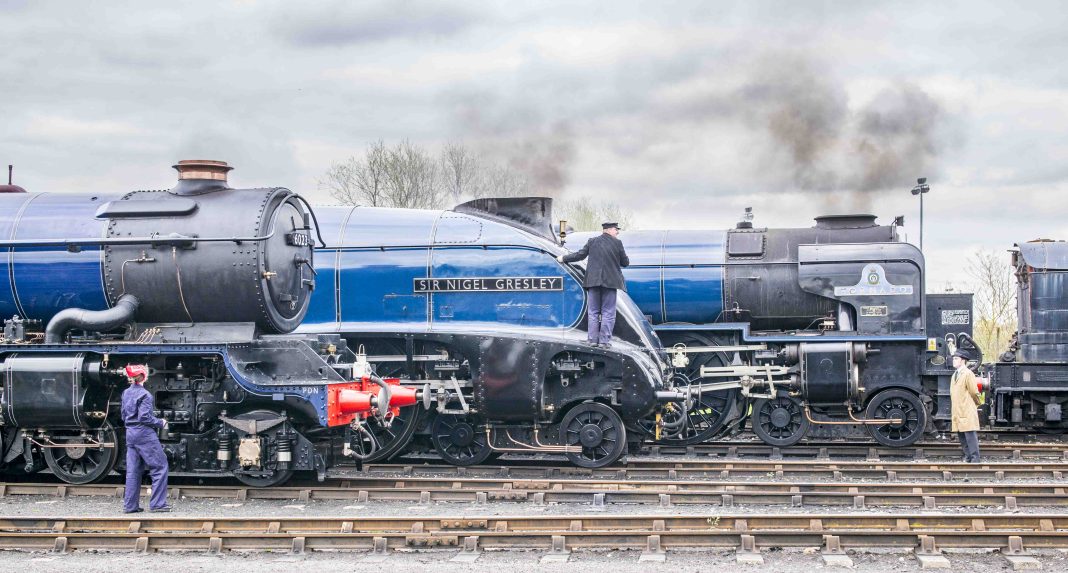
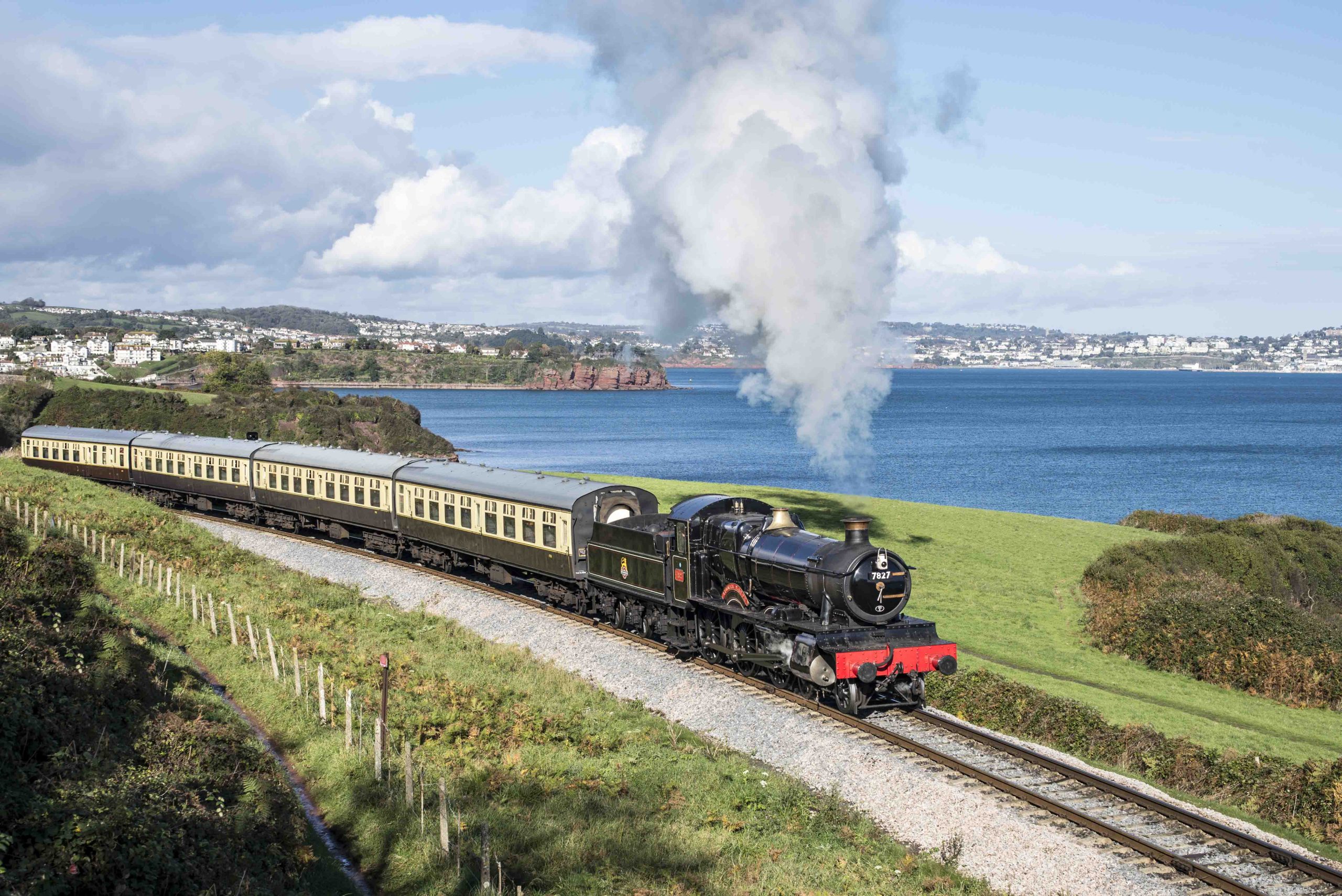
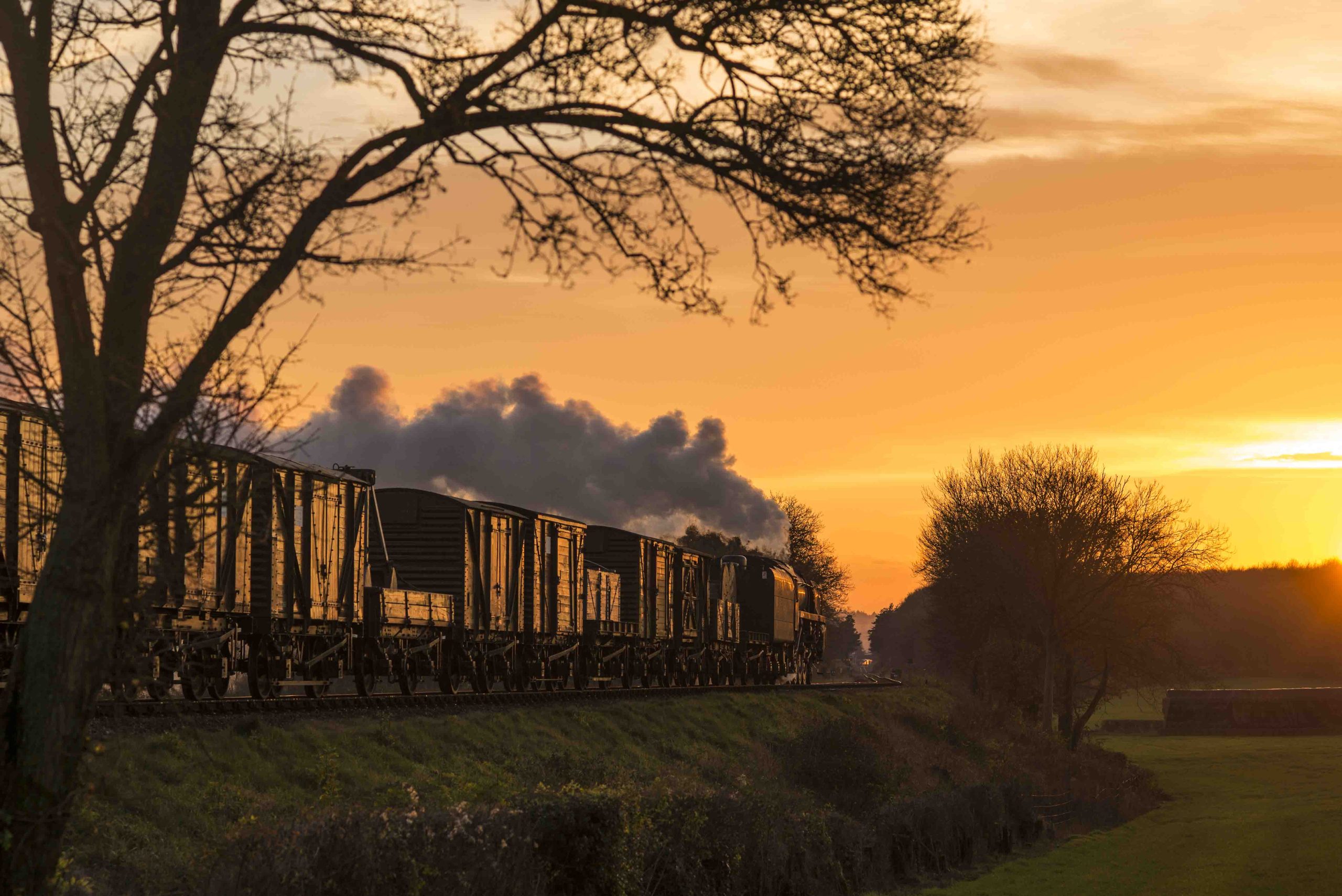

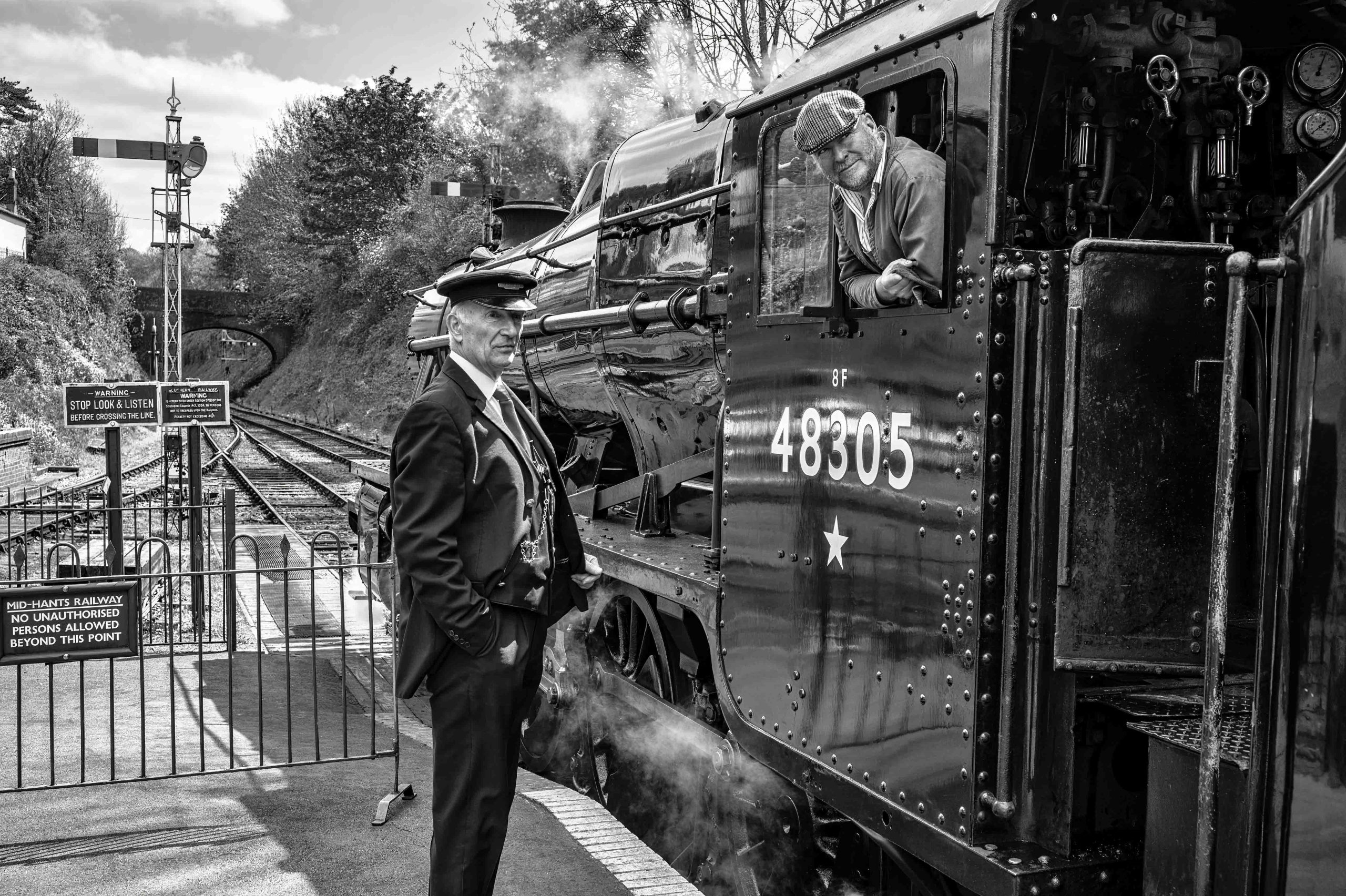
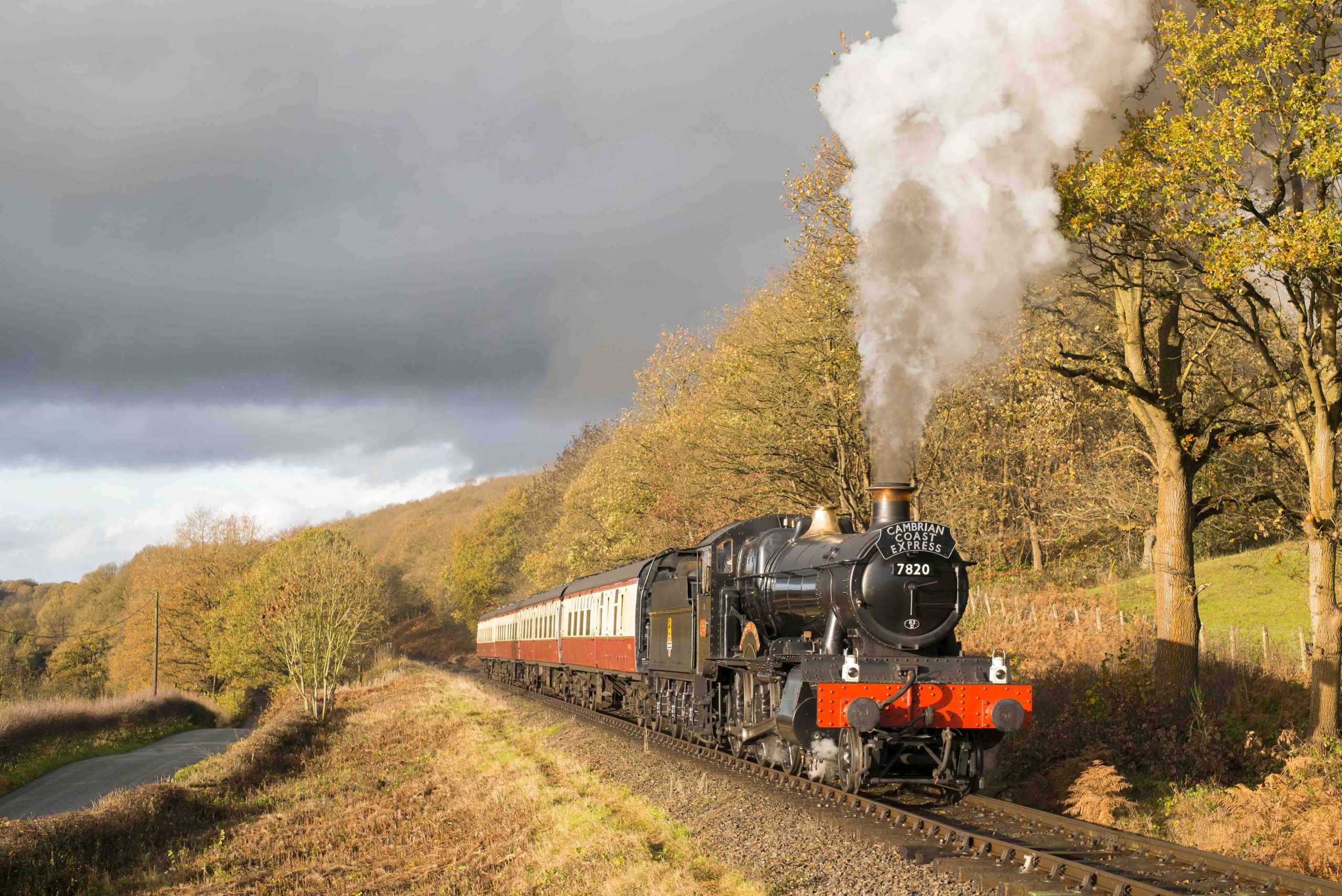
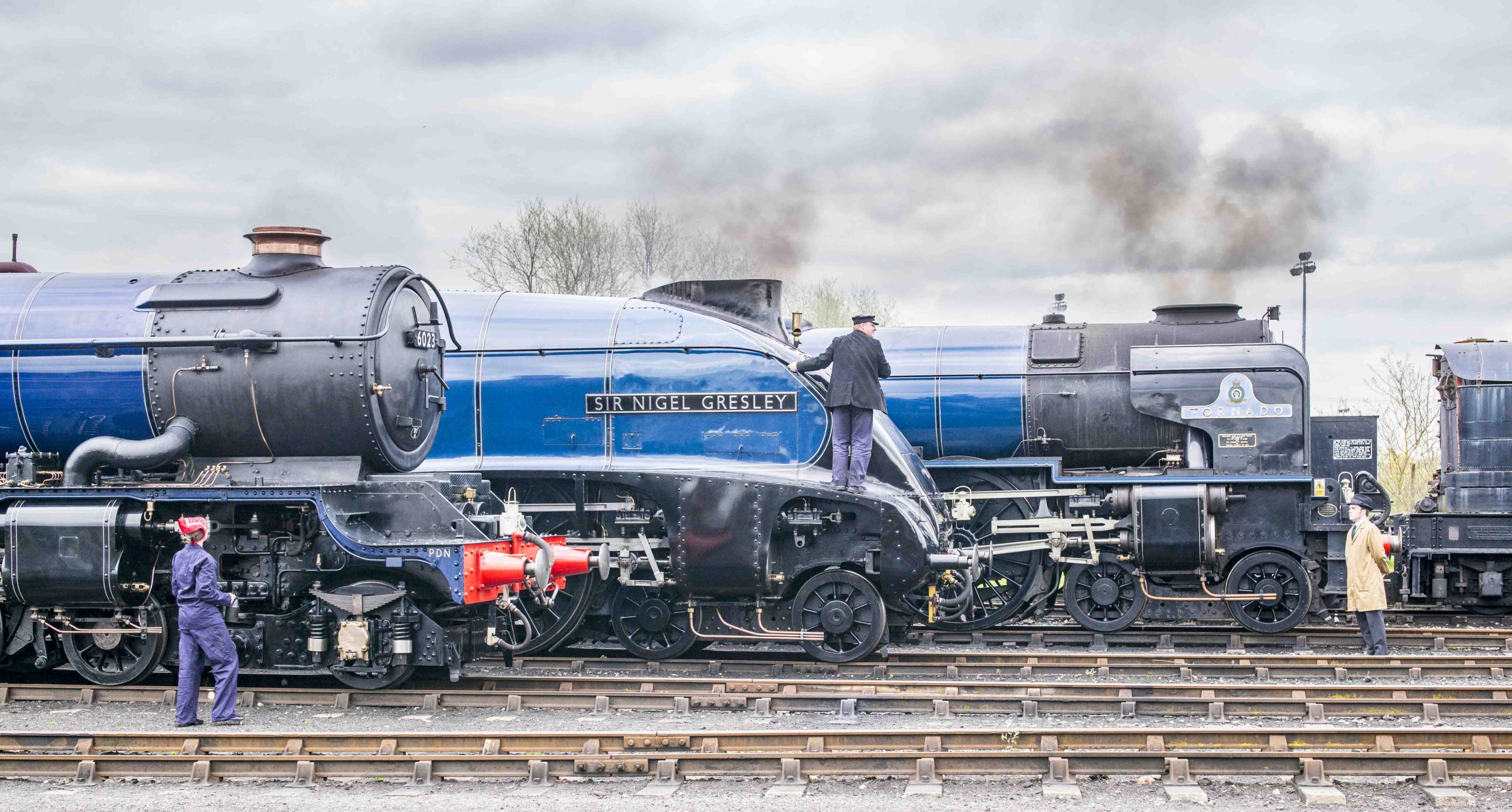
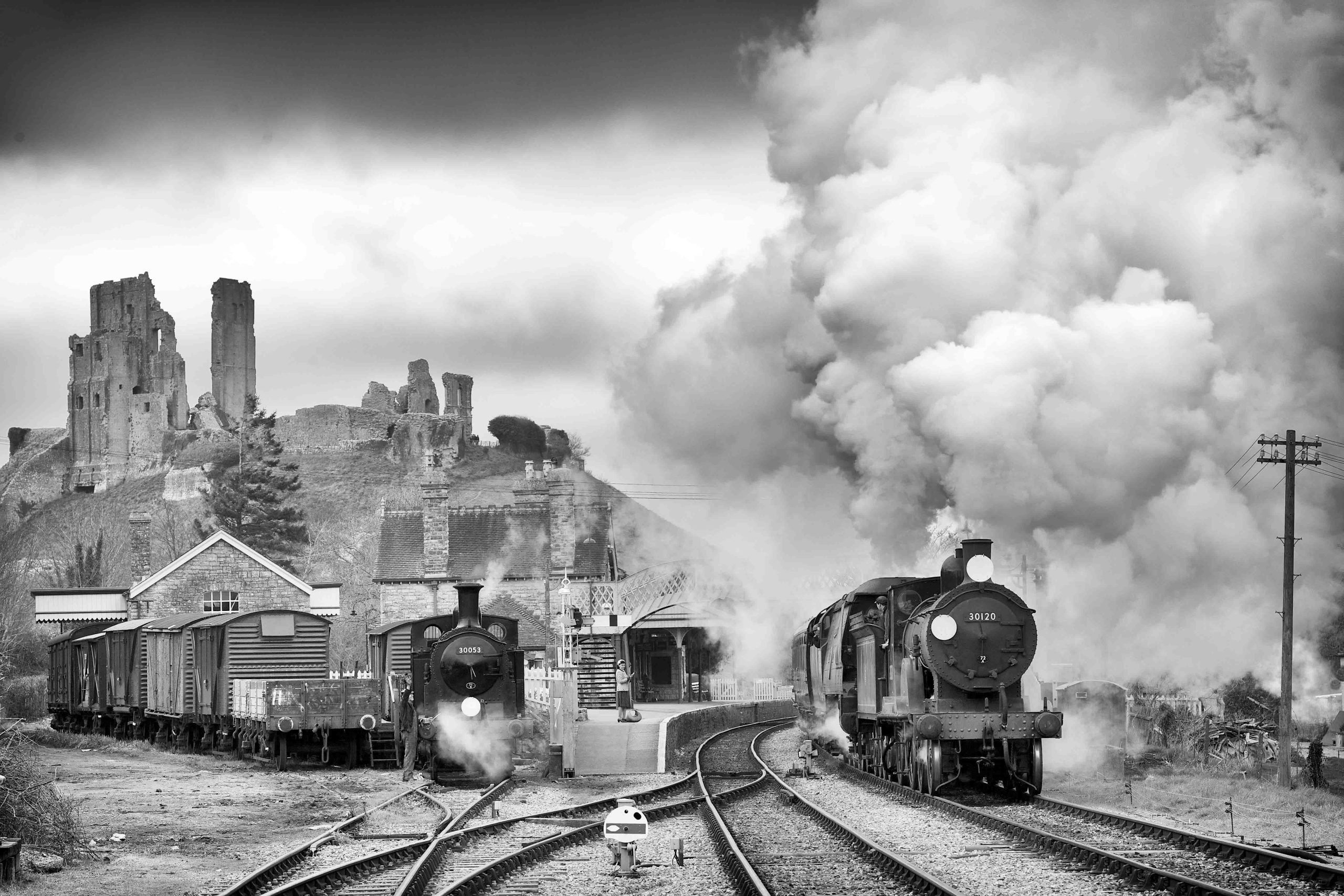
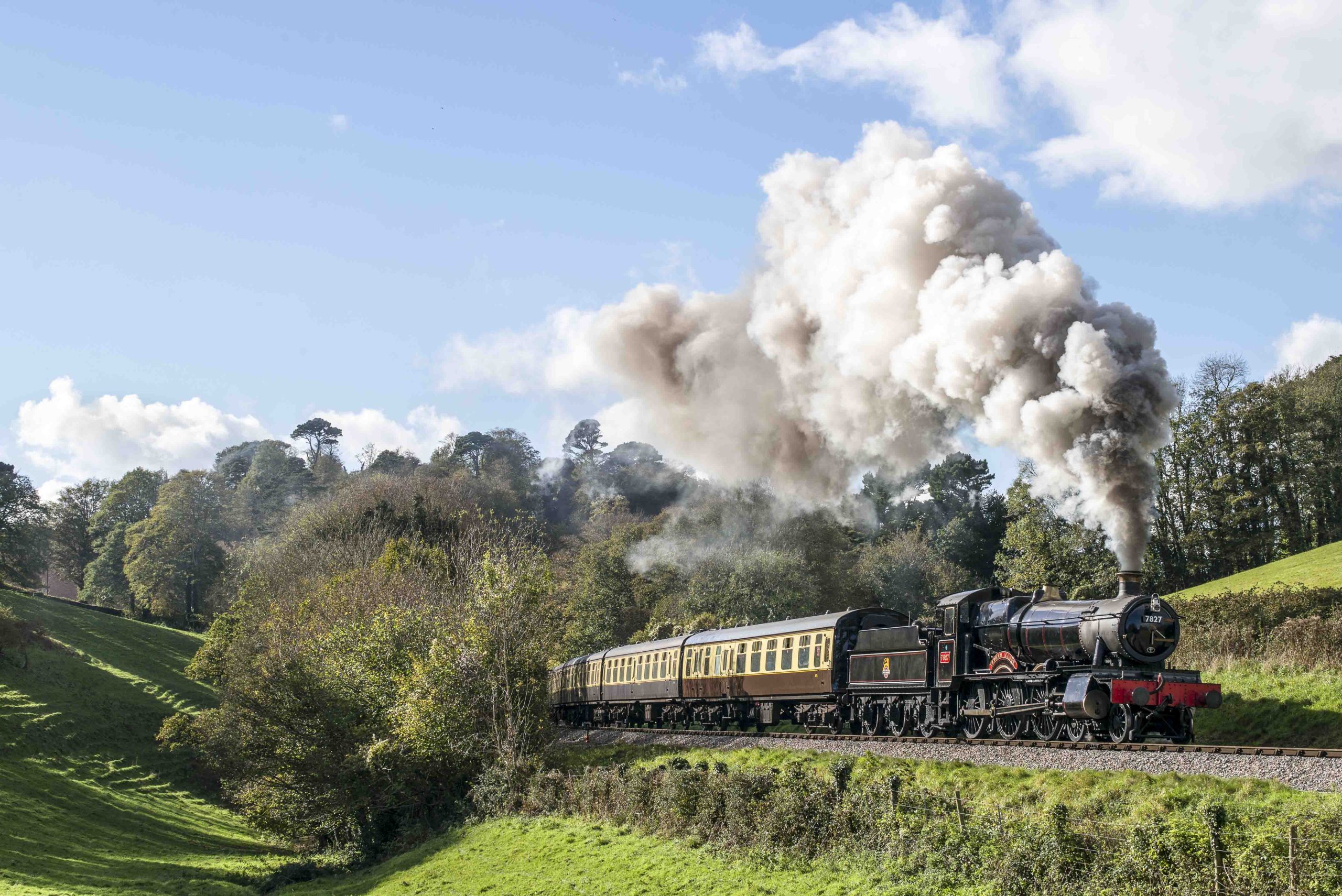
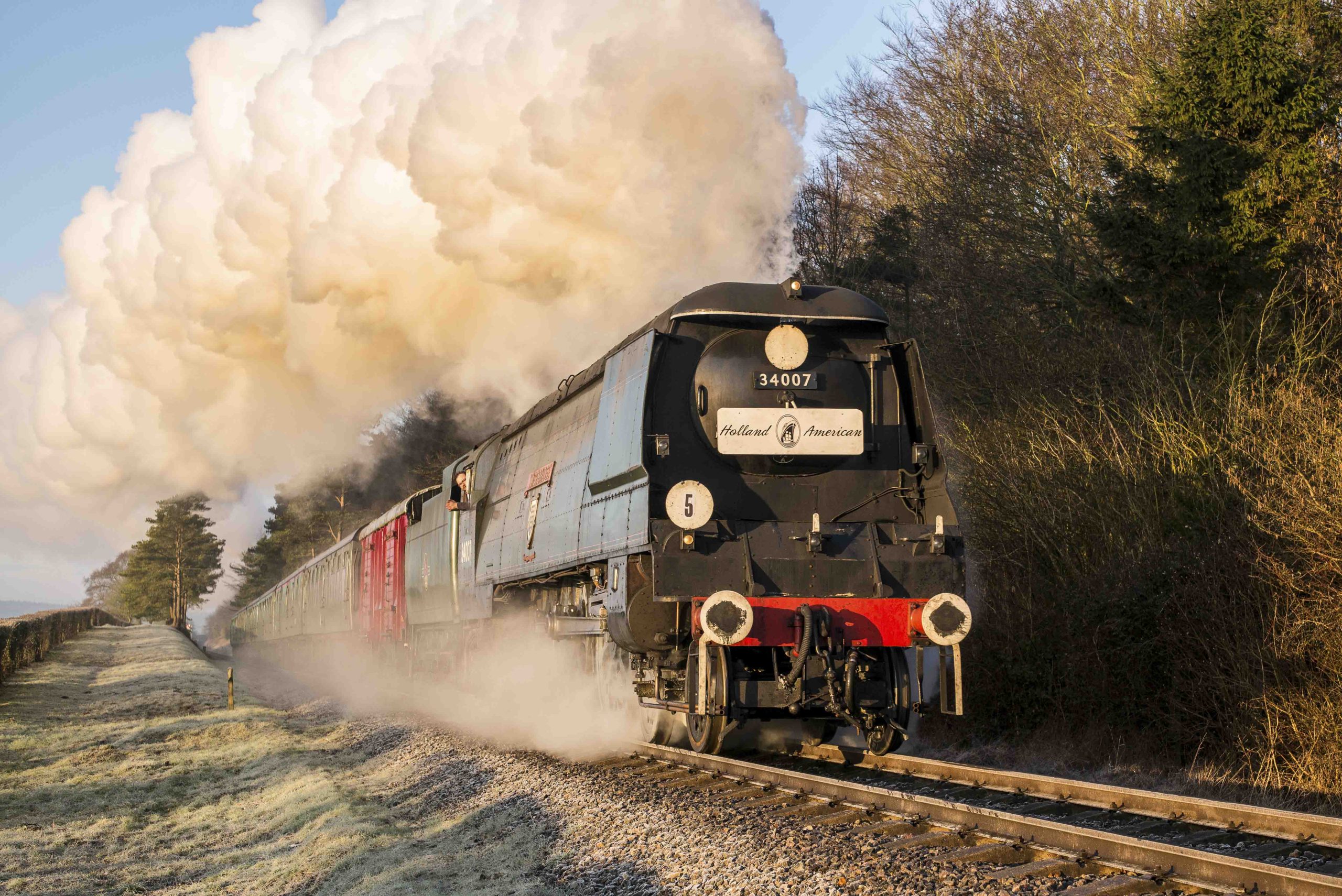
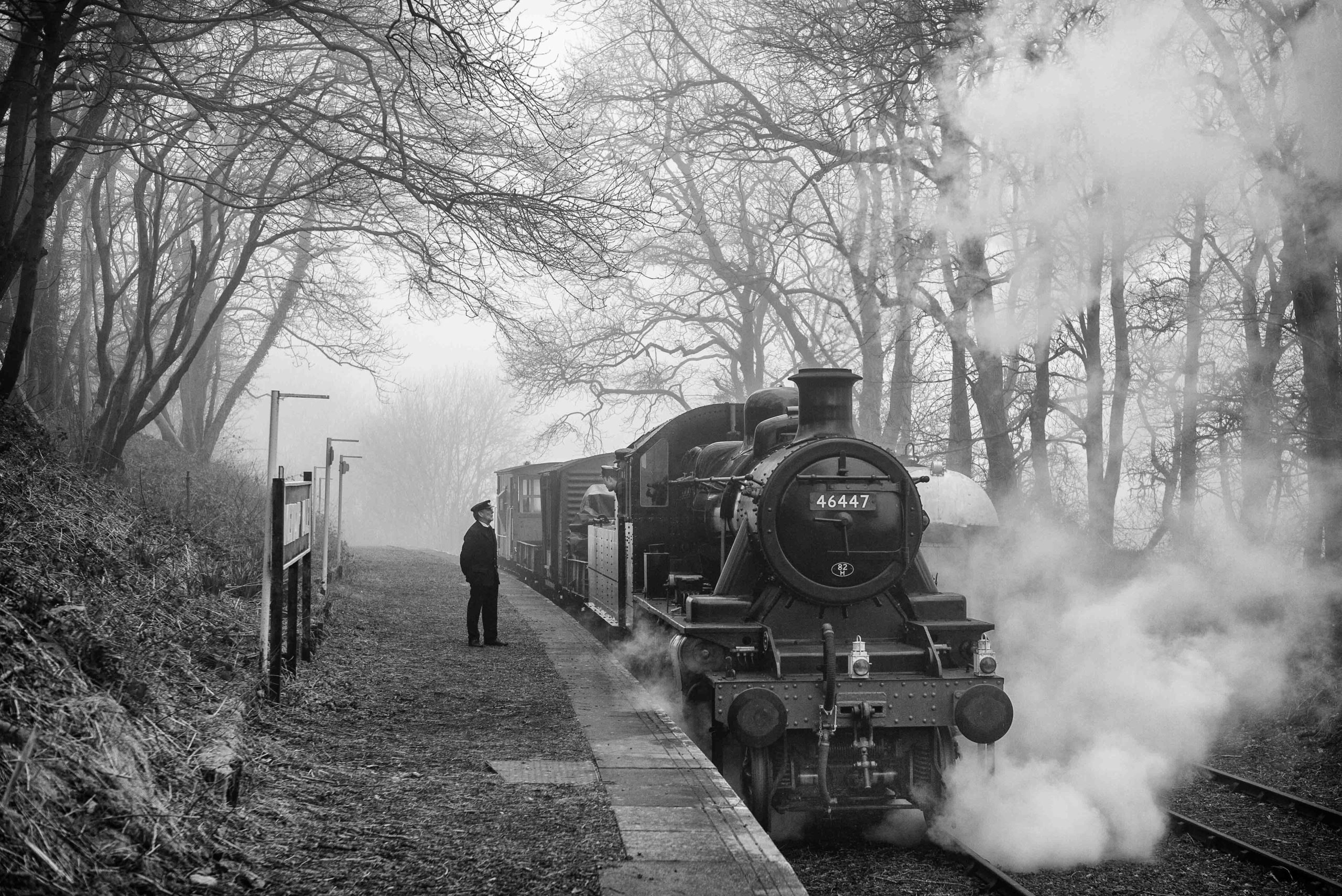
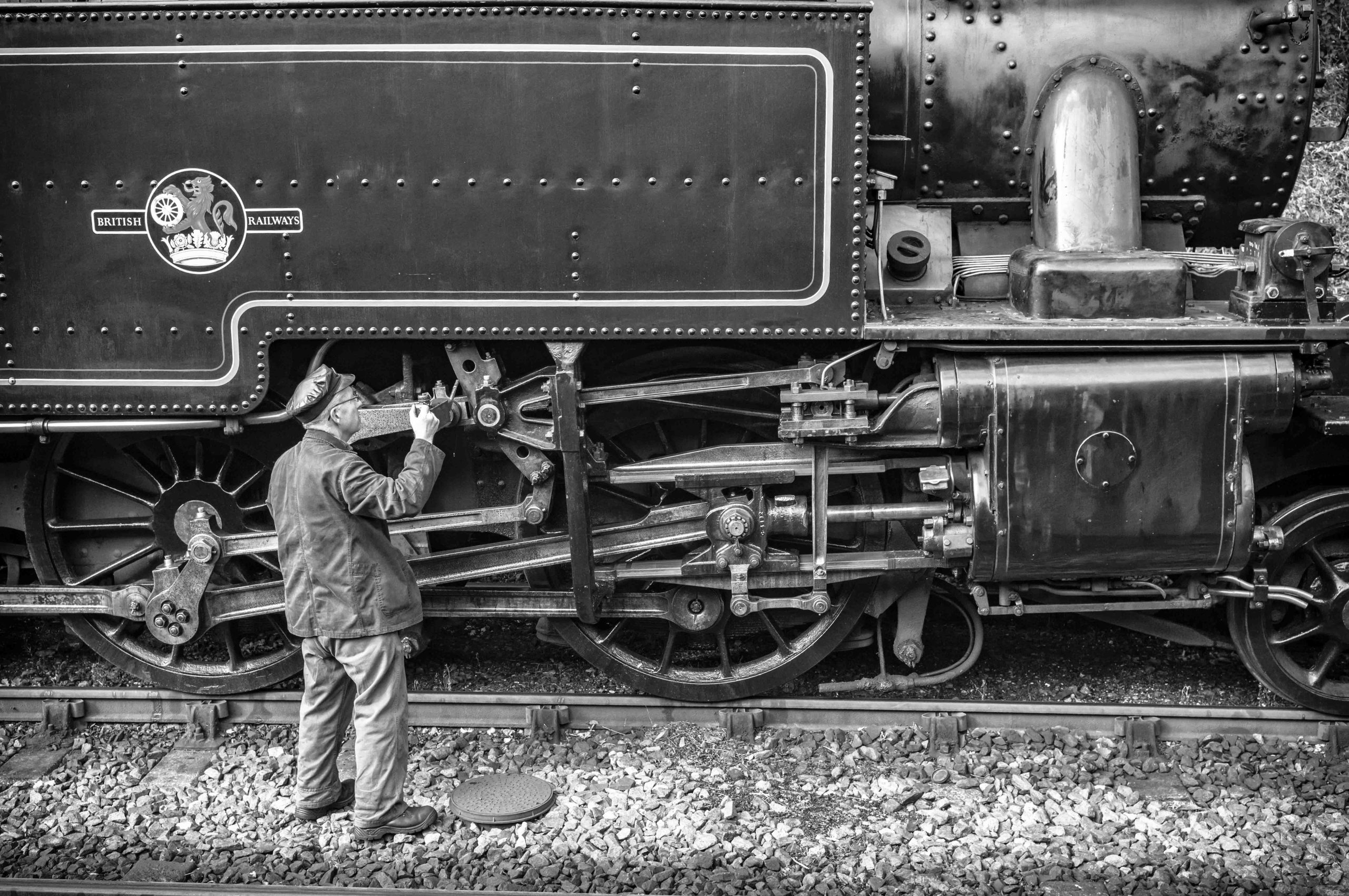

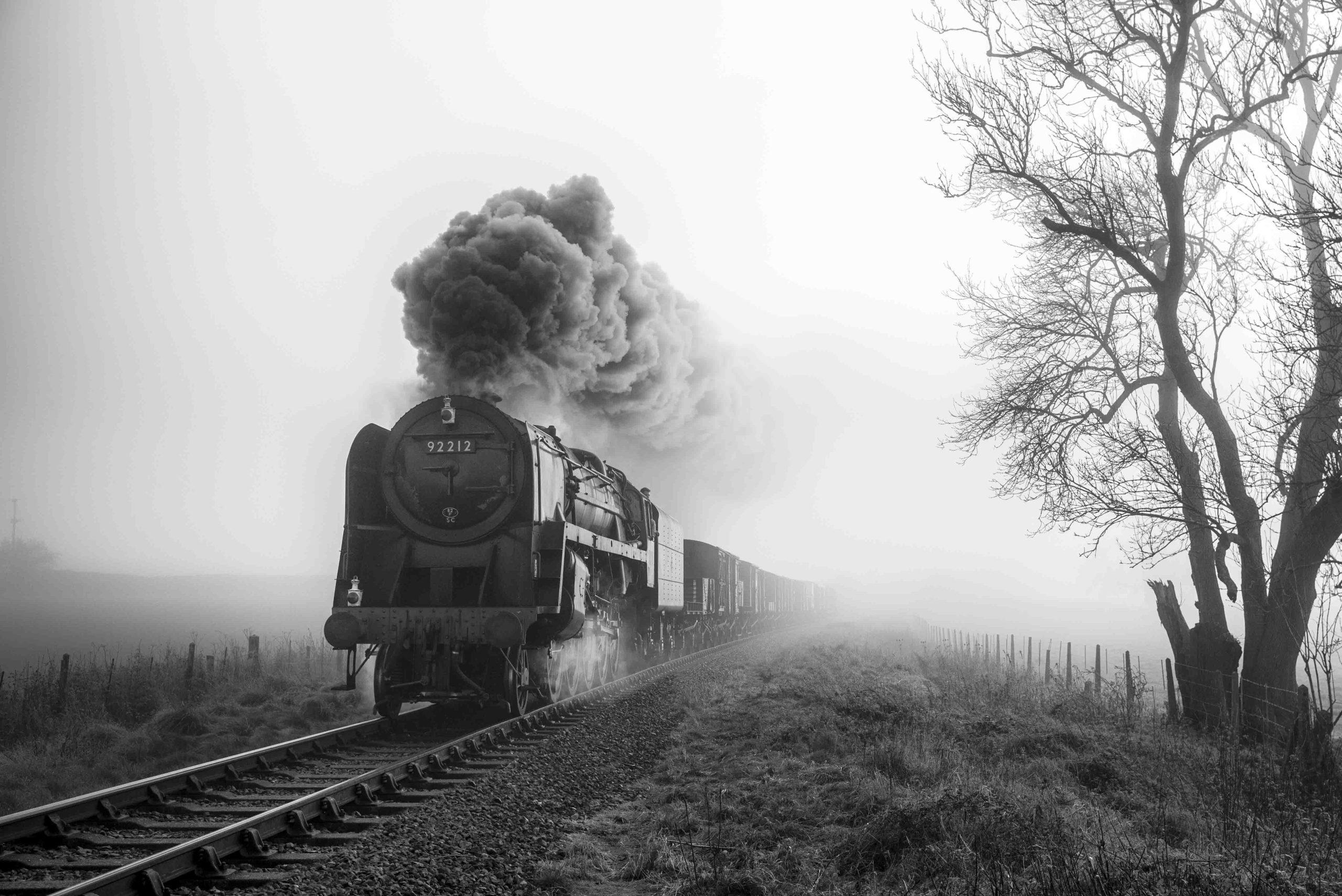
Excellent pictures! Made me remember my childhood years spent on Gloucester station, including riding on the last ever “Chalford Tich” train in September 1964. Happy days.
Thank you. Pleased they stirred good memories!
Bonjour, bravo pour ces superbes images.
La Grande Bretagne reste une reférence en matière de valorisation de son patrimoine industriel.
Je suis de France et avec une association, nous exploitons entre autres la locomotive à vapeur 141R840 en gare d’Orléans Les Aubrais sur le réseau national.
Que j’aime photographier au Leica M4 !
Merci beaucoup. Profitez bien de votre magnifique M4.
Hi Keith, I really enjoyed your article. The photographs are all superb, but ‘Corfe Castle Station’ is a real stand out – so atmospheric. All the best, Keith
Many thanks
The best time to see the trains on the Watercress Line is around Christmas. Just before the station at Arlesford, trains with amazing lights wait in the cutting illuminating the slopes leading up from the tracks. Better still, take a trip to Alton in the company of Santa and his friends.
By the way, watercress soup – delicious!
Keith,
your article raises many fond memories of my youth, those and your first class compositions and well executed photographs have given a railway enthusiast great pleasure.
Best Wishes
Ken Davis
Thanks Ken, that’s nice to know!
Wonderful memories and wonderful pictures Keith, and I do also still have my Ian Allan Train spotting books which I have kept since the 1950’s. PS. Am also still a member of both the SPA Valley and Bluebell Railways preservation Societies
Don, that’s really appreciated from the master photographer you are. I regret not still having my Ian Allen books. I do remember the cheap ‘Biro’s’ used with a ruler to underline the numbers left unsightly blobs! The preserved Railways certainly need our support.